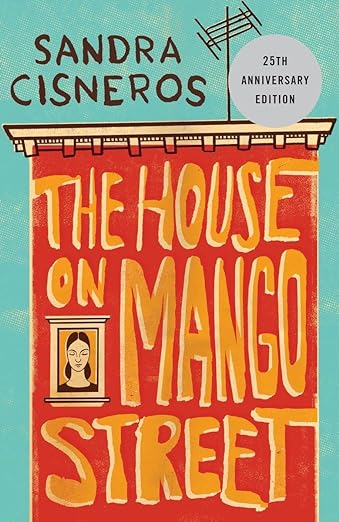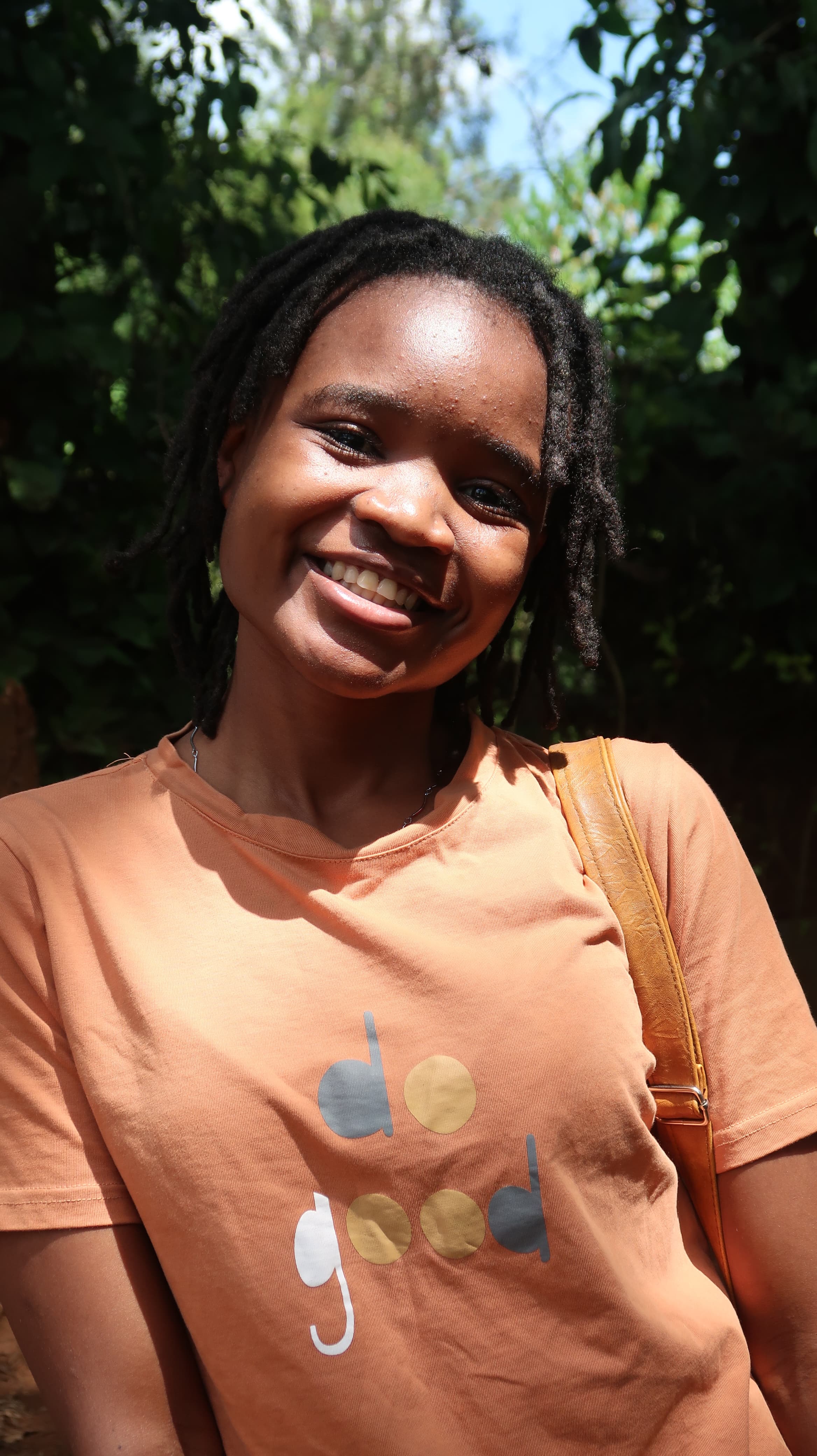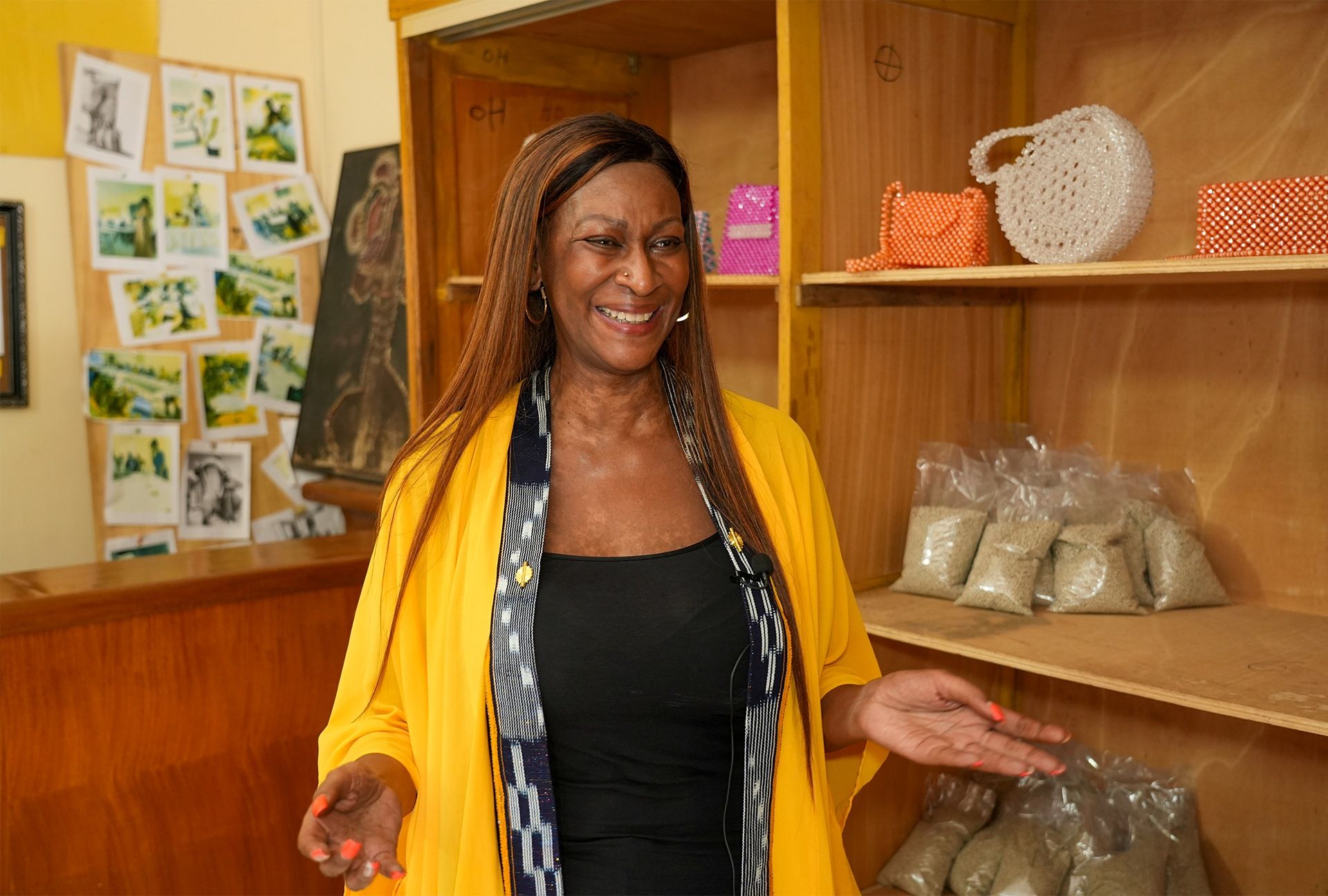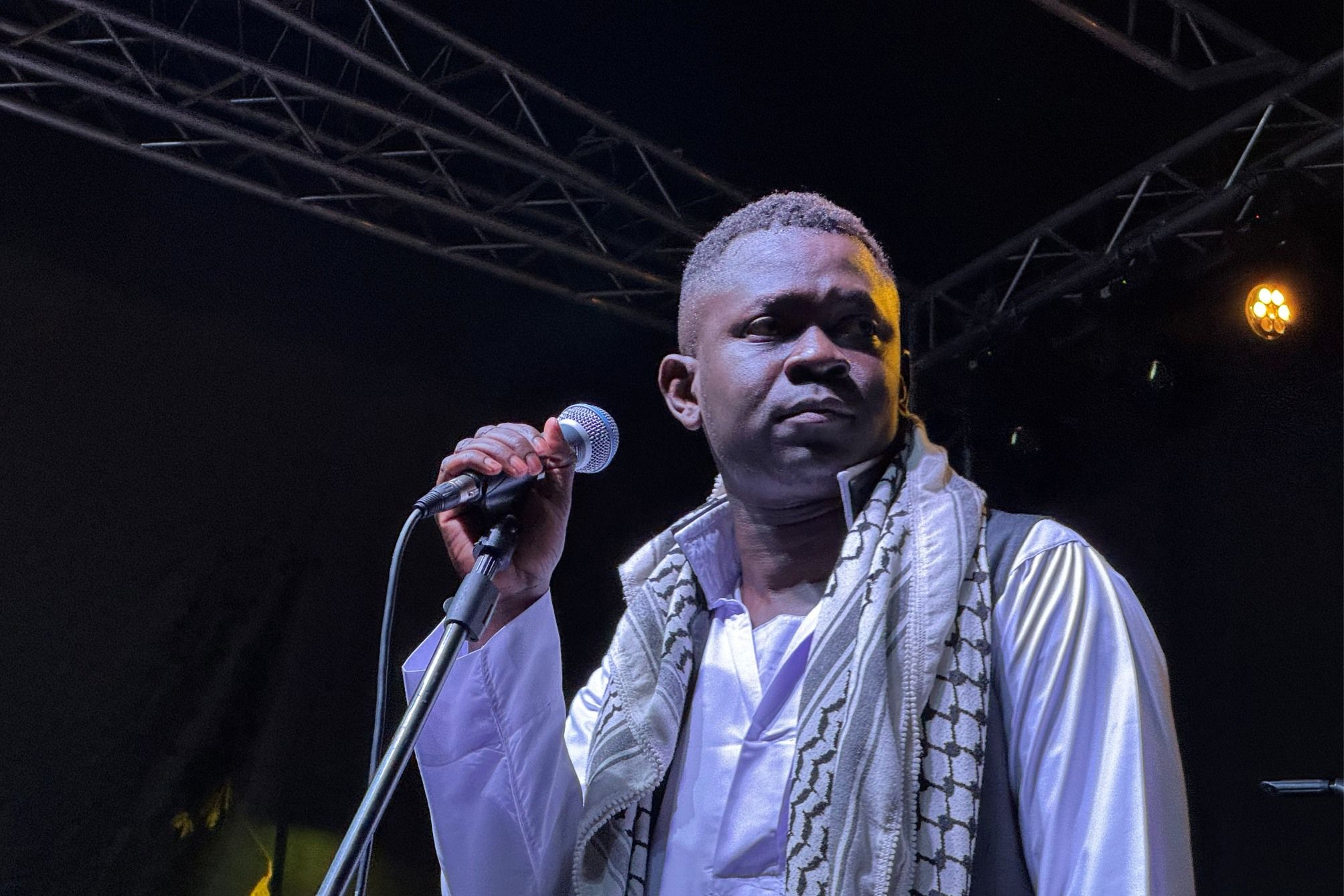There are some books that you read because of the captivating story, and some that you read because you want to uncover something deeper within yourself. These books unlock a part of you – they make you care more, feel more, experience more. The House on Mango Street is such a book.
Written by Mexican-American poet, short-story writer and essayist Sandra Cisneros, The House on Mango Street is not at once an easy read. In fact, most reviewers have criticised the book, which has sold over seven million copies, has been translated into over 25 languages, and is a required reading material in elementary, high school and universities across America, as a book that does not know how to tell a story.
And they are right. The House on Mango Street is not a book that tells one particular story from beginning to end. Rather, it's an arrangement of snippets of the life of a young girl – Esperanza Cordero – whose family moves to the Latino section of Chicago, in a house on Mango Street. The house is not what Esperanza had in mind – her parents had promised a good house with trees, a big yard, water pipes that worked and at least three bathrooms, like the kind of houses you see in movies.
Instead, when they arrive at their new house on Mango Street, she discovers that it’s a dump. In her words, she says:
“But the house on Mango Street is not the way they told it at all. It’s small and red with tight steps in front and windows so small you’d think they were holding their breath. Bricks are crumbling in places, and the front door is so swollen you have to push hard to get in. There is no front yard, only four little elms the city planted by the curb.”
At just a young age, Esperanza faces disappointment, but it’s not the first time she has faced it either. Sure, the house on Mango Street is a dump, but unlike all the other houses that they had lived in before, it’s theirs. For the first time, they did not have to deal with uncooperative landlords and water issues that could not be fixed. The new house was theirs to live in, and the neighbourhood that they had moved into was just the same.
Sandra Cisneros, in the voice of the young Esperanza, then takes us on the journey of the kind of life that the Mexican girl, on the brink of adolescence, lives. From the get-go, it’s abundantly clear that Esperanza and her family are not privileged. They are a Mexican family that has just moved into a street designated for the low-income Latino community. The other houses on the street are just the same as theirs – dumpy and broken in bits and pieces.
However, it’s here, while living on Mango Street, that Esperanza starts to slowly peel the layers of her identity and the dynamic of the people she is growing up around. A small girl in a foreign place, Esperanza is as intuitive as she is observant. She does not only observe herself, she observes everyone around her, and it is through her that we get welcomed into the community, and get to delve deeper into the issues that a low-income Latino society faces, including poverty, racism, sexualisation, family abuse, immigration and identity.
All Brown All Around, We are Safe
In one chapter of the book, titled Those Who Don’t, Esperanza says:
“Those who don’t know any better come into our neighbourhoods scared. They think we’re dangerous. They think we will attack them with shiny knives. They are stupid people who are lost and got here by mistake.
But we aren’t afraid. We know the guy with the crooked eyes is Davey, the Baby’s brother, and the tall one next to him in the straw brim, that’s Rosa’s Eddie V, and the big one that looks like a dumb grown man, he’s Fat Boy, though he’s not fat anymore nor a boy. All brown all around, we are safe.”
This chapter not only shows how the larger society views the marginalised groups but it also shows how the marginalised groups view themselves. It can be tough to belong in a community that is inherently labelled problematic because of the larger issues (poverty especially) facing them, but within the community, as we see in Esperanza’s case, there is coherence, there is belonging.
However, this does not mean that the people in the community are excluded from turning to criminal activities to earn a wage. In another chapter titled Louie, His Cousin, and His Other Cousin, Esperanza tells the story of her friend Louie’s cousin, who drove up to them while they were playing.
The cousin has a big yellow Cadillac and a yellow scarf tied around the mirror. He offers to take Esperanza and the rest of the kids for a ride around the neighbourhood, and just as the ride is getting thrilling, a police car starts chasing them. The cousin tells the kids to get out, and they watch as he gets into a car chase with the cops, and eventually as they catch up with him and arrest him.
Hips, where do they come from?
Another topic that is covered widely in the book is the struggle that comes with adolescence for coming-of-age girls. These struggles, which include physical changes, sexual identity and sexual abuse, are covered subtly, not in a strong way that one would expect when reading about such a topic, but in a delicately naive way that only a young girl like Esperanza and her girl pals, best perceive it as it happens to them.
In a chapter titled Hips, the text reads:
One day, you wake up and they are there. Ready and waiting like a new Buick with keys in the ignition. Ready to take you where? They’re good for holding a baby when you’re cooking. Rachel says.
The young girls are obviously experiencing physical changes in their bodies, but they do not know what is happening, and so they resort to each other to offer explanations. Their reasoning is childish, almost humorous, but it’s the way they understand it.
However, they are not the only ones who are noticing the changes happening. They might still be naive, but the men and boys around them are also starting to take notice, and mostly, not in a good way. In one chapter, as the girls are running around the neighbourhood in heels that they have just been gifted by an older girl, an old drunk man tries to kiss one of the girls.
In another chapter, Esperanza gets her first job working in a film shop, and once, after lunch, an older man whom she thinks has become a new friend kisses her on the mouth without her permission. This is not the only time Esperanza experiences sexual abuse. In yet another chapter titled Red Clowns, she goes to a fair with her friend Sally, and there, things do not go as she thought she would.
The text in the chapter reads:
Sally, you lied to me. It wasn’t what you said at all. What he did. Where he touched me. I didn’t want it, Sally. The way they said it, the way it’s supposed to be, all the storybooks and movies, why did you lie to me? Why didn’t you hear me when I called? Why didn’t you tell them to leave me alone?
The one who grabbed me by the arm, he wouldn’t let me go. He said, I love you, Spanish girl. I love you, and pressed his sour mouth on mine. I couldn’t make them go away. I couldn’t do anything but cry.
These events, highlighted in just a few chapters of the book, are seemingly more commonplace in the society Esperanza is growing up in that, in the book, there is nowhere an adult gets involved or justice served to the perpetrators.
Perhaps it’s because the girls are still young and do not think it necessary to bring their parents or elders into it, but it just goes on to raise the question – how safe really, can our kids be, when they are out of our arms and out in the world? How can we protect them? And can we really protect them?
We don’t choose our family
Everyone knows that we do not choose our families. We get into the world, and we find ourselves in them. It then becomes your job to either get along or not get along with them. In The House of Mango Street, Esperanza is one of the lucky people who has been gifted with a good loving family.
They might be poor, and she might be a pubescent teen going through the normal hormonal changes that make her feel that her family does not understand her sometimes, but throughout the book, her family is caring and has the kind of togetherness that only some people can dream of.
In several chapters, she tells the story of her mother, who makes them lunch to take to school, of her father, who once cried on her bed when their abuelito died, of her sister Nenny, whom they do not look alike but share the same laughter and of her two brothers who are always up to mischief.
However, not everyone in the book is as lucky as Esperanza. One particular friend of hers – Sally – lives with her father who is abusive towards her. Sally is beautiful, and there are always boys around her, but according to her father, being beautiful is trouble so he locks her inside the house and sometimes beats her to a pulp.
In a chapter of the book titled What Sally Said, the text reads:
“He never hits me hard. She said her mama rubs lard on all the places where it hurts. Then, at school, she’d say she fell. That’s where all the blue places come from. That’s why her skin is always scarred. But Sally doesn’t tell about that time he hit her with his hands just like a dog, she said, like if I was an animal.”
Eventually, Sally goes on and gets married young and when she’s still not ready. The man she marries is exactly like her father. He is abusive and does not let her out of the house to see her friends or use the telephone to talk to anyone either. Like her father, he believes that beauty is trouble.
The family situation in Sally’s household both at her father’s house and her eventual husband’s house is troubling. Sally, as a character in the book, obviously faces a lot of issues, and Sandra Cisneros brings all these issues to light in a way that I, personally, haven’t seen another writer do.
In just a few poetic sentences and chapters, you get to know and understand the whole life story of a minor character in the book. And that is what, in my personal opinion, makes The House of Mango Street such a coming-of-age classic – the ability to weave different story arcs for different characters and still make us as the readers care for them.
A Kaleidoscope of Heavy Themes and Stories
Before embarking to write this review, I read a review of The House on Mango Street that read: The book feels like a kaleidoscope of people and events that flicker through, disappearing right when you want to take a closer look at what’s going on.
I agree with only one half of that sentence. Yes, The House on Mango Street is indeed not one story, but a kaleidoscope of stories and heavy themes that Sandra Cisneros delivers in short brilliant poetic chapters, some of which are barely a page long.
It’s actually outstanding how many heavy stand-alone themes are covered in the book. I have only dived extensively into three of them, but a wide range of them still exist to be explored – including immigration, classism, personal and societal identity, childhood and friendships, feminism, personal development and the idea of breaking free.
Sandra Cisneros is a poet first, and so, most of these themes, which have a chapter or two each, can be read as separate poetic entities of a larger story. There is no looking closer to know what’s going on because everything is going on.
The House on Mango Street is a book that tells the story of life as it is – it’s usually not one line with a beginning and an end. Sometimes, there are curves, pitfalls and some characters in your story who have separate lives away from you.
I feel this is what Sandra Cisneros was trying to achieve with the book – to tell all the issues of what a larger society faces in short snippets. And as for the character she chose to let us see through the issues, I couldn’t think of a better person but a young girl who is seeing and perceiving these problems in her young mind. Her child-likeness might be naive, but through Esperanza, you get to connect more with the stories because, sometimes, that is all we need – a child’s point of view.
However, if one was looking for a larger story that connects the whole story together, as most people like to, then it will be essential to mention that Esperanza, the main character of the book, constantly dreams of breaking free from the society she grows up in. And not only breaking free but also freeing everyone along with her.
In the last paragraphs of the book, the text reads:
One day I will pack my bags of books and paper. One day I will say goodbye to Mango. I am too strong for her to keep me forever. One day I will go away. Friends and neighbours will say: What happened to that Esperanza? Where did she go with all those books and paper? Why did she march so far away?
They will not know I have gone away to come back. For the ones left behind. For the ones who cannot out.




